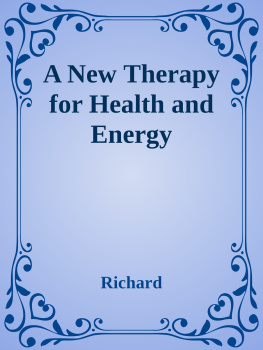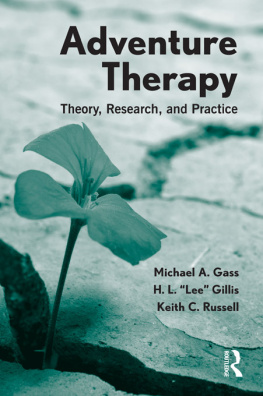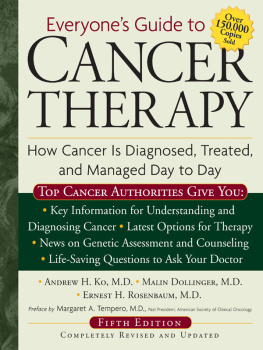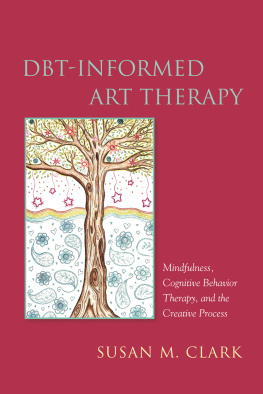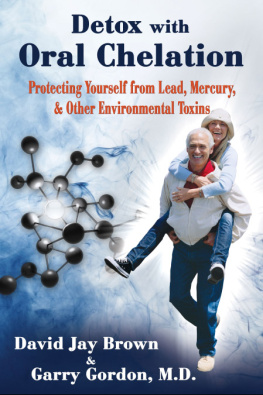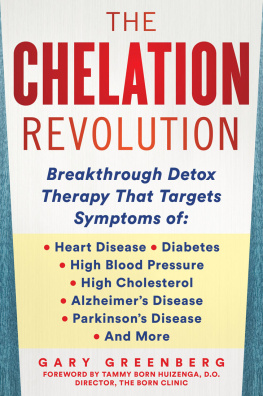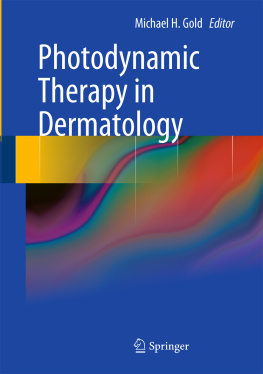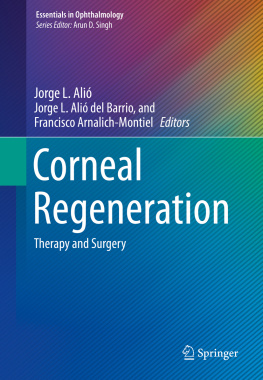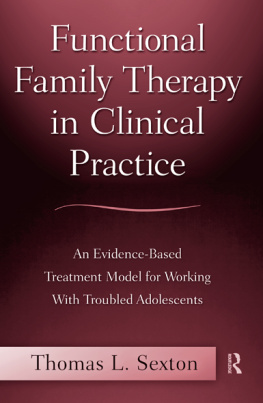A Textbook on
EDTA Chelation
Therapy
Second Edition
edited by Elmer M. Cranton, M.D.

Copyright 2001
by Elmer M. Cranton, M.D.
All rights reserved, including the right to reproduce this
work in any form whatsoever, without permission
in writing from the publisher, except for brief passages
in connection with a review.
Cover design by Steve Amarillo
Cover art by Steve Amarillo
For information write:
Hampton Roads Publishing Company, Inc.
1125 Stoney Ridge Road
Charlottesville, VA 22902
Or call: 804-296-2772
Fax: 804-296-5096
e-mail:
www.hrpub.com
If you are unable to order this book from your local
bookseller, you may order directly from the publisher.
Call 1-800-766-8009, toll-free.
Library of Congress Catalog Card Number: 00-111726
ISBN 1-57174-253-0
10 9 8 7 6 5 4 3 2 1
Printed on acid-free paper in the United States
Foreword to the First Edition
Linus Pauling, Ph.D.
For more than twenty years I have devoted most of my time to research and education in the fields of nutrition and preventive medicine. I have written and lectured extensively about simple, safe, and inexpensive measures to improve the length and quality of life. In my recent book, How to Live Longer and Feel Better, I covered that subject at length. EDTA chelation therapy fits in well with my views on health care.
EDTA is not normally present in the human body and is therefore, by definition, not an Orthomolecular substance. Chelation, however, is far safer and much less expensive than surgical treatments for atherosclerosis. Physicians who adhere to the protocol for safe and effective administration of EDTA, as approved and promulgated by the American College for Advancement in Medicine, integrate the results of my own research into their chelation program. That protocol is published in its entirety in this book. Improved nutrition and supplementation with vitamins and trace elements are an important part of the overall chelation program.
EDTA chelation therapy makes good sense to me as a chemist and medical researcher. It has a rational scientific basis, and the evidence for clinical benefit seems to be quite strong. Metallic ions play an important role in the formation of atherosclerotic plaque. EDTA removes those ions with relative safety and without surgery. Published research and extensive clinical experience show that EDTA helps to reduce and prevent atherosclerotic plaques, thus improving blood flow to the heart and other organs. The scientific evidence indicates that a course of EDTA chelation therapy might eliminate the need for bypass surgery. Chelation has an equally valid rationale for use as a preventive treatment.
Past harassment of chelating physicians by government agencies and conservative medical societies seems to stem largely from ignorance of the scientific literature and from professional bias.
A reference book such as this, which assembles a large body of scientific knowledge about EDTA chelation therapy into one volume, will be of great advantage to physicians who desire to learn more about this emerging nonsurgical treatment for atherosclerosis and related age-associated diseases.
Palo Alto, California, July 1988
Introduction to the First Edition
Elmer M. Cranton, M.D.
Renewed research into the potential benefits of EDTA chelation therapy has sparked increasing interest from clinicians and scientists around the world. Physicians experienced in the use of EDTA are often asked for pertinent clinical data and for guidance on how to safely administer the therapy. This text is designed to provide a compilation of the most current and pertinent information on that subject.
While processing applications for research permits, the FDA has searched extensively for reports of adverse or poor results, including serious side effects, stemming from EDTA chelation therapy as it is now routinely administered. The FDA could find no such evidence. An official request was sent from the FDA to state health and regulatory agencies across the United States asking that any information relating to untoward results, poor results, or patient complaints about EDTA chelation therapy be forwarded to the FDA. No reports of that type were received by the FDA in response to their request.
The safety of properly administered intravenous EDTA is therefore not an issue with Food and Drug Administration (FDA) officials when Investigational New Drug (IND) license applications are reviewed. A large body of published research has been presented to the FDA showing that EDTA is safer than many other more widely accepted therapies.
Increasing Criticism of Bypass Surgery
Many medical authorities have become increasingly critical of bypass surgery. Thomas A. Preston, M.D., Professor of Medicine at the University of Washington School of Medicine and Chief of Cardiology at the Pacific
In April 1987, results of a Veterans Administration Cooperative Study were published in the New England Journal of Medicine. That study included 486 victims of atherosclerotic heart disease of the most critical kind with unstable angina pectoris. Half were subjected to bypass surgery and the other half were treated without surgery. The overall two-year survival rate did not differ between surgically-treated patients and those who were treated without surgery, and the incidence of myocardial infarction was not significantly different.
A small group of cardiac patients with severely reduced ejection fraction did show an improvement in death rate of approximately 10 percent after two years. Those results are very similar to the previously published CASS study. Both studies, however, were conducted prior to the use of calcium channel blockers, although beta blockers were administered to half of the CASS patients. Both types of prescription medicine have been shown to reduce the incidence of myocardial infarction, decrease death rate in coronary artery disease, and relieve angina without surgery. It is therefore not possible to conclude whether patients would not do equally as well or even better without surgery unless further research is done to compare bypass surgery with present-day medicines and chelation therapy.
Another report in the New England Journal of Medicine in 1987 showed that coronary blood vessels increase in size as plaques occur. When a plaque grows to approach 50 percent of the lumen of a coronary artery, the artery simultaneously enlarges to compensate. The diseased artery therefore continues to allow the same flow of blood as a healthy artery.
Only when plaque blockage exceeds 50 percent does coronary blood flow begin to decrease. At that point, collateral circulation will often maintain an adequate supply of blood, even when a major vessel becomes totally blocked. With 75 percent blockage from plaque, compensatory enlargement causes overall blood flow to remain equal to that in a healthy artery with only a 50 percent blockage. Furthermore, animal experiments show that more than 50 percent blockage of a normal coronary artery is necessary to decrease heart function, even under maximum physical stress. More than 75 percent blockage of an artery, without time to compensate, is needed to impair cardiac function at rest. Nonetheless, bypass surgery is aggressively recommended in many instances with plaque blockage of 75 percent or less, despite adequate coronary blood flow.
An editorial in that same issue of the


